Are you passionate about photography and eager to take your skills to the next level? Whether you're just starting out or looking to refine your technique, mastering photography is all about practice, understanding your equipment, and knowing key techniques. In this guide, we’ll explore the essential tips, tools, and strategies that can turn your passion into polished, professional-looking photographs. Let’s dive in.
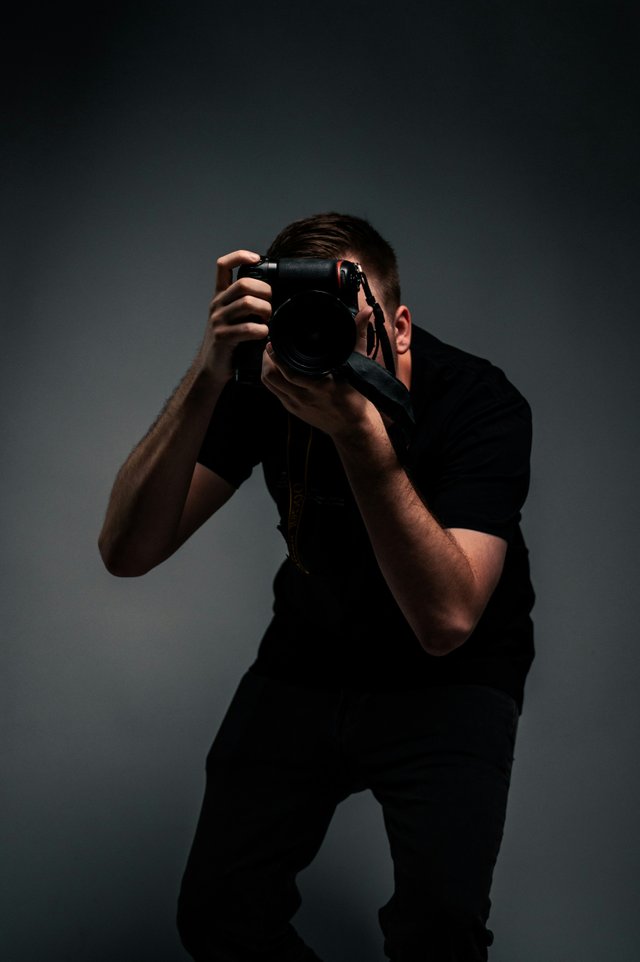
- Understanding Your Camera and Lenses
Before diving into complex photography techniques, it’s crucial to understand your camera and lenses. Whether you’re using a DSLR, mirrorless camera, or even your smartphone, mastering the settings can significantly enhance your photos.
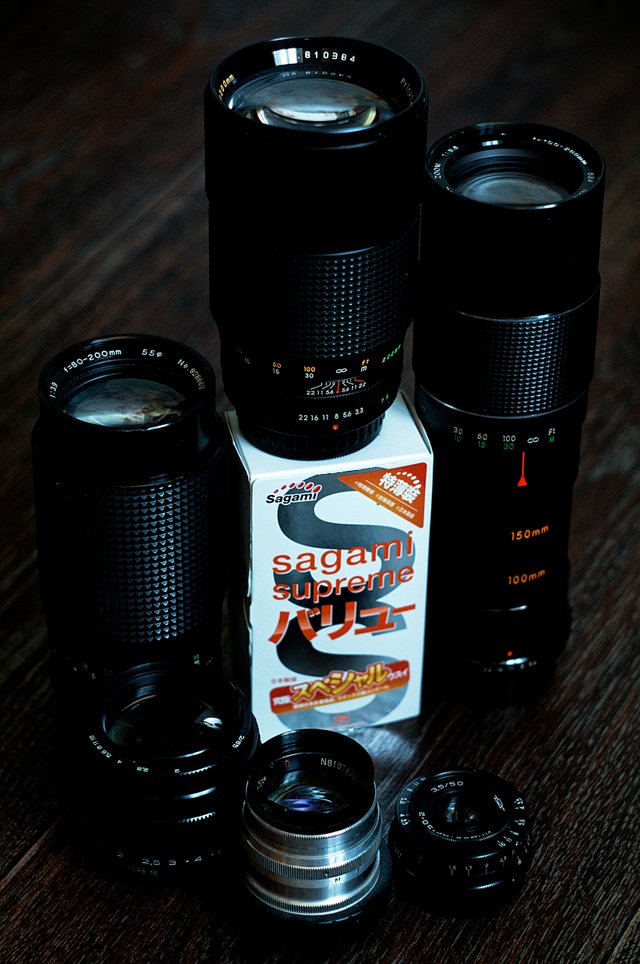
Basic Camera Settings
Aperture: Controls the depth of field in your shots. A lower f-stop (e.g., f/2.8) creates a blurred background (ideal for portraits), while a higher f-stop (e.g., f/16) keeps more of the scene in focus (great for landscapes).
Shutter Speed: Determines how long your camera’s sensor is exposed to light. Faster speeds (e.g., 1/1000) freeze action, while slower speeds (e.g., 1/30) create motion blur.
ISO: Adjusts the camera’s sensitivity to light. A lower ISO (100-200) is best for well-lit environments, while higher ISO (800+) helps in low-light conditions but can introduce noise.
Choosing the Right Lens The lens you use dramatically affects your shots. A prime lens (e.g., 50mm f/1.8) offers sharpness and beautiful bokeh, while a wide-angle lens (e.g., 24mm) is perfect for landscapes and architectural photography. Understanding how lenses work helps you choose the best one for your style.
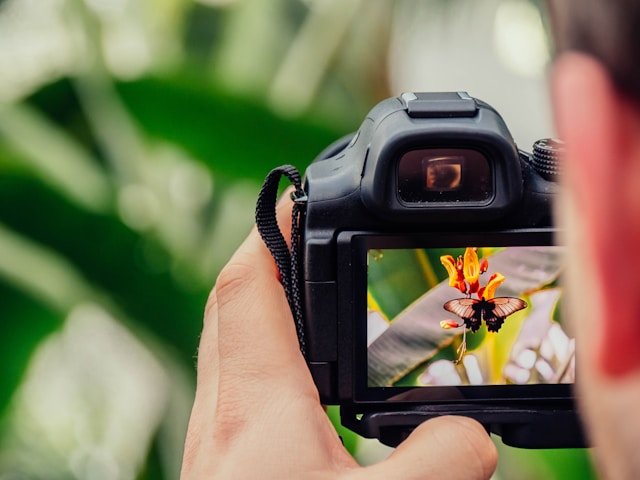
- Composition Techniques for Perfect Photos
Composition is the backbone of photography. Mastering how to frame your shots can transform ordinary scenes into extraordinary images.
Rule of Thirds
One of the most popular composition techniques, the rule of thirds, involves dividing your frame into nine equal sections. Place your subject along these lines or at their intersections to create a balanced and visually appealing shot.
Leading Lines
Use natural lines in your scene to guide the viewer’s eye toward the subject. Roads, rivers, and even fences can be used as leading lines to create depth and focus.
Framing Your Subject
Frame your subject using surrounding elements, such as windows, trees, or doorways. This not only directs the viewer’s attention but also adds a sense of depth to your images.
Negative Space
Don’t be afraid to embrace empty or ‘negative’ space in your photos. It allows your subject to stand out and creates a minimalistic feel, making the viewer focus on the essential elements of the image.
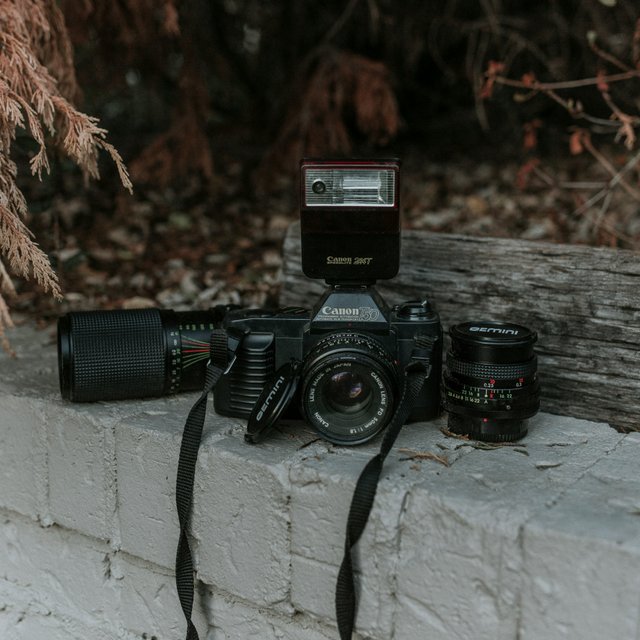
- Lighting Techniques to Enhance Your Photos
Lighting can make or break a photograph. Understanding how to use natural and artificial light helps you create mood, depth, and texture in your shots.
Golden Hour
The golden hour—just after sunrise or before sunset—provides soft, warm lighting that flatters both landscapes and portraits. The light at this time creates long shadows and enhances textures, making it ideal for outdoor photography.
Using Shadows
Shadows add drama and dimension to your photos. Play around with shadows by shooting in side-lighting conditions to emphasize textures or shapes, giving your images a sense of depth.
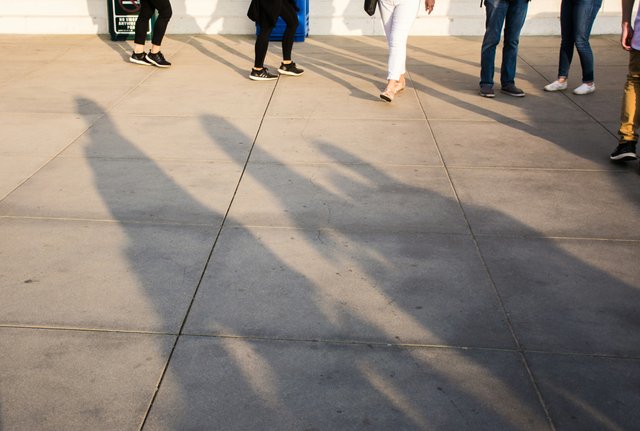
Artificial Lighting
If you’re shooting indoors, artificial lighting like studio lights, LED panels, or even a softbox can help you control the light. Experiment with different setups to see what works best for your subject.
- Post-Processing Tips for Perfecting Your Images
Editing your photos allows you to enhance their quality and bring your creative vision to life. Here are some simple yet powerful editing techniques to polish your shots:
Adjust Exposure and Contrast
Exposure correction can brighten or darken your image, while contrast adjustment sharpens the distinction between light and dark areas. Most editing software, like Adobe Lightroom, allows easy manipulation of these settings.
Sharpen Your Image
Increasing the sharpness of an image can make your subject pop, particularly when shooting portraits or close-ups. Be careful not to overdo it, as too much sharpening can make your image look unnatural.

Color Correction
Adjust the color balance to ensure that whites appear white and colors look natural. Use the white balance tool in your editing software to achieve this, especially if the lighting in your photo is too warm or cool.
Cropping for Better Composition
If your original shot didn’t turn out as you’d like, use cropping to improve the composition. This allows you to apply the rule of thirds or eliminate distracting elements from the frame.
- How to Share Your Photography and Build an Audience
Now that you’ve learned essential photography techniques, it’s time to share your work with the world. Social media and blogging platforms can help you reach a broader audience and grow a community around your work.
Instagram
Instagram is one of the best platforms for photographers. Use hashtags like #photographytips, #lightroomedits, and #landscapephotography to increase visibility. Post consistently, engage with your followers, and share behind-the-scenes shots for more interaction.
Pinterest
Pinterest is another excellent platform for sharing photography, especially for blogging photographers. Create visually appealing pins linked to tutorials or photography tips to drive traffic to your blog.
Steemit
Steemit is a unique platform where you can blog about photography and get rewarded for your content. Use photography-related tags like #photography, #photooftheday, and #lightroom to increase the reach of your posts.
Create a Portfolio
A personal website or blog is a great way to showcase your best work. You can include categories for your different photography niches, testimonials from clients, and links to your social media. A clean, professional portfolio will attract potential clients and collaborations.
Conclusion: Take Your Photography to the Next Level
Mastering photography is an ongoing journey, but with the right techniques and practice, you can elevate your skills and capture stunning shots. Whether you’re working on composition, lighting, or post-processing, the tips shared in this guide will help you take more professional-looking photos. Don’t forget to share your work with the world—platforms like Instagram and Steemit can help you connect with other photographers and build an audience for your art.